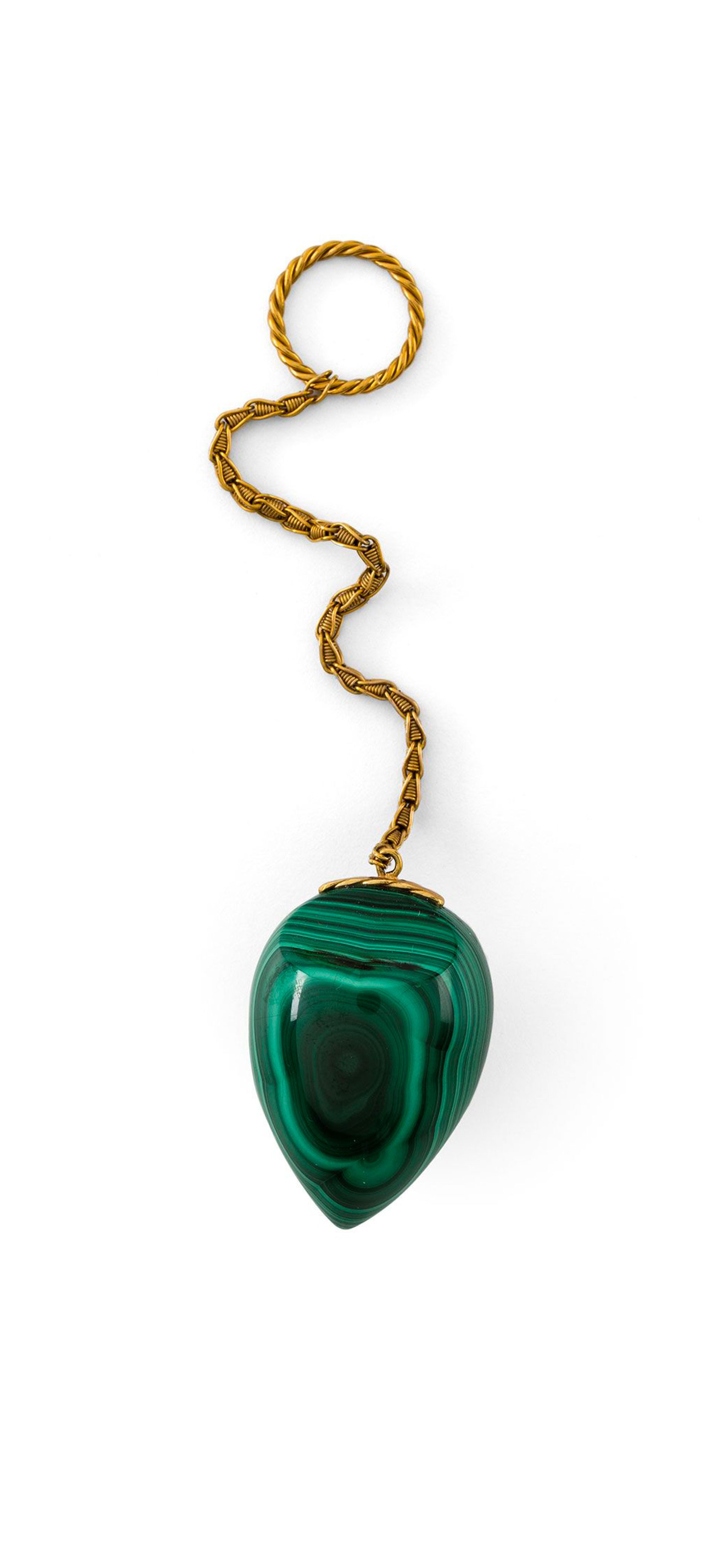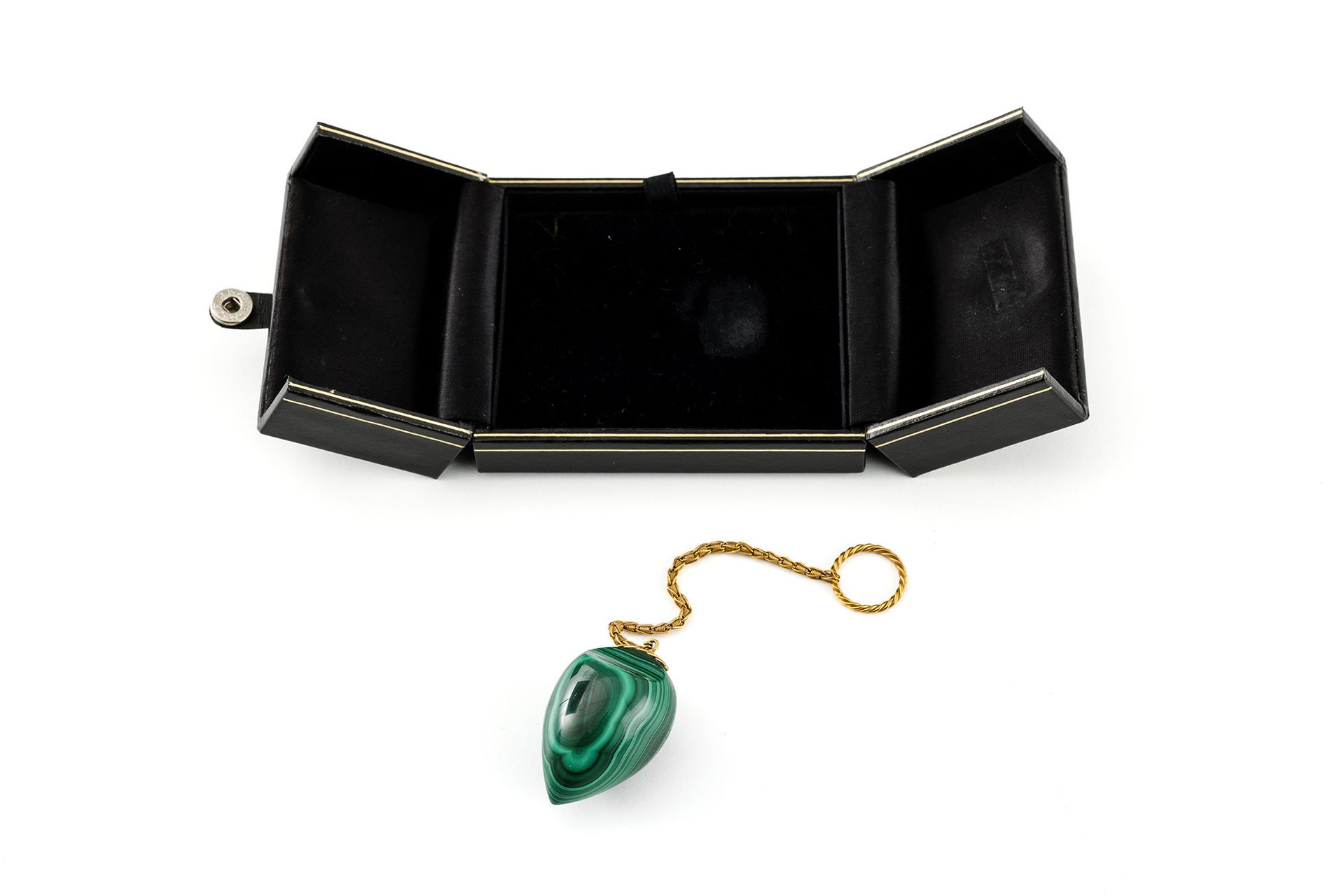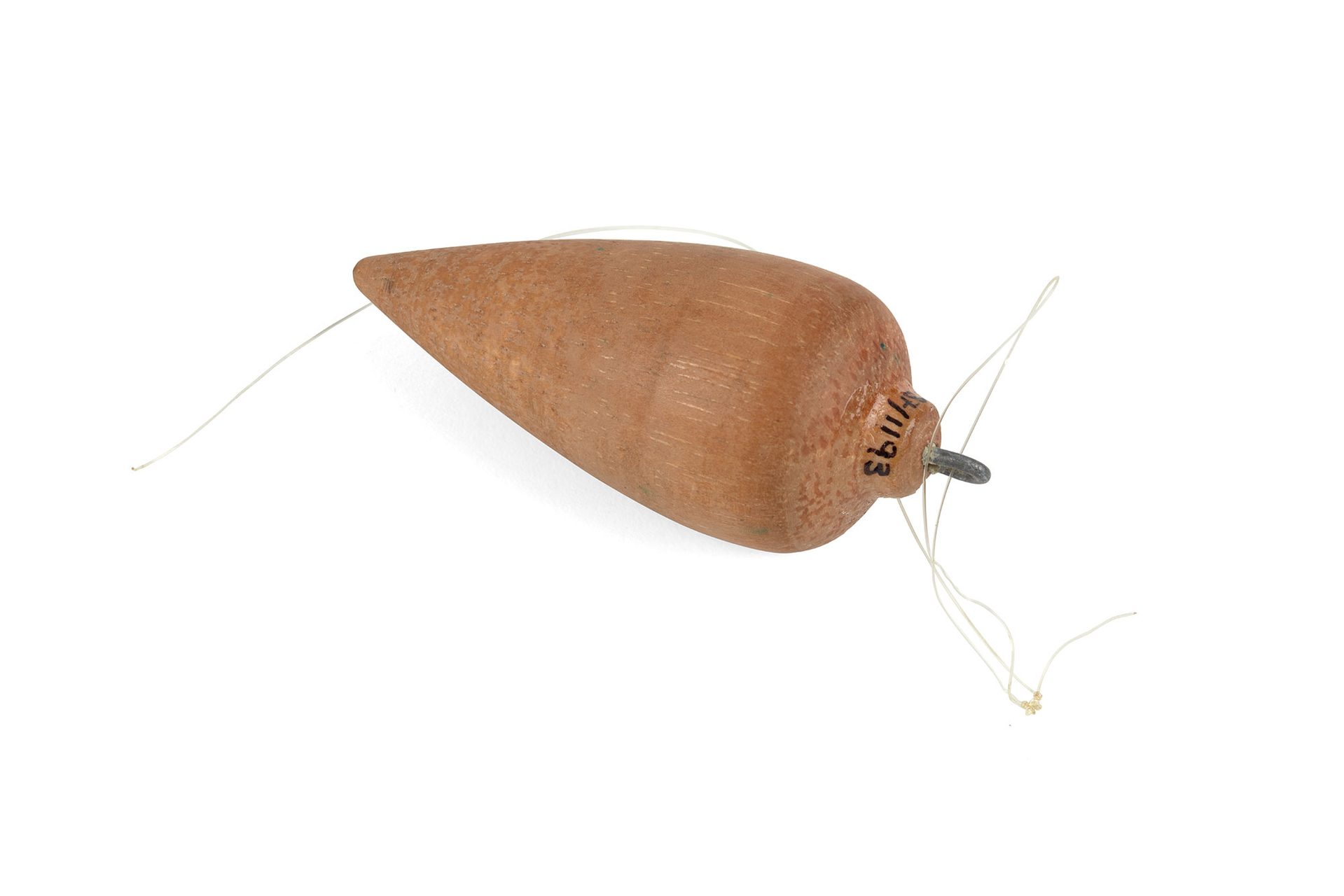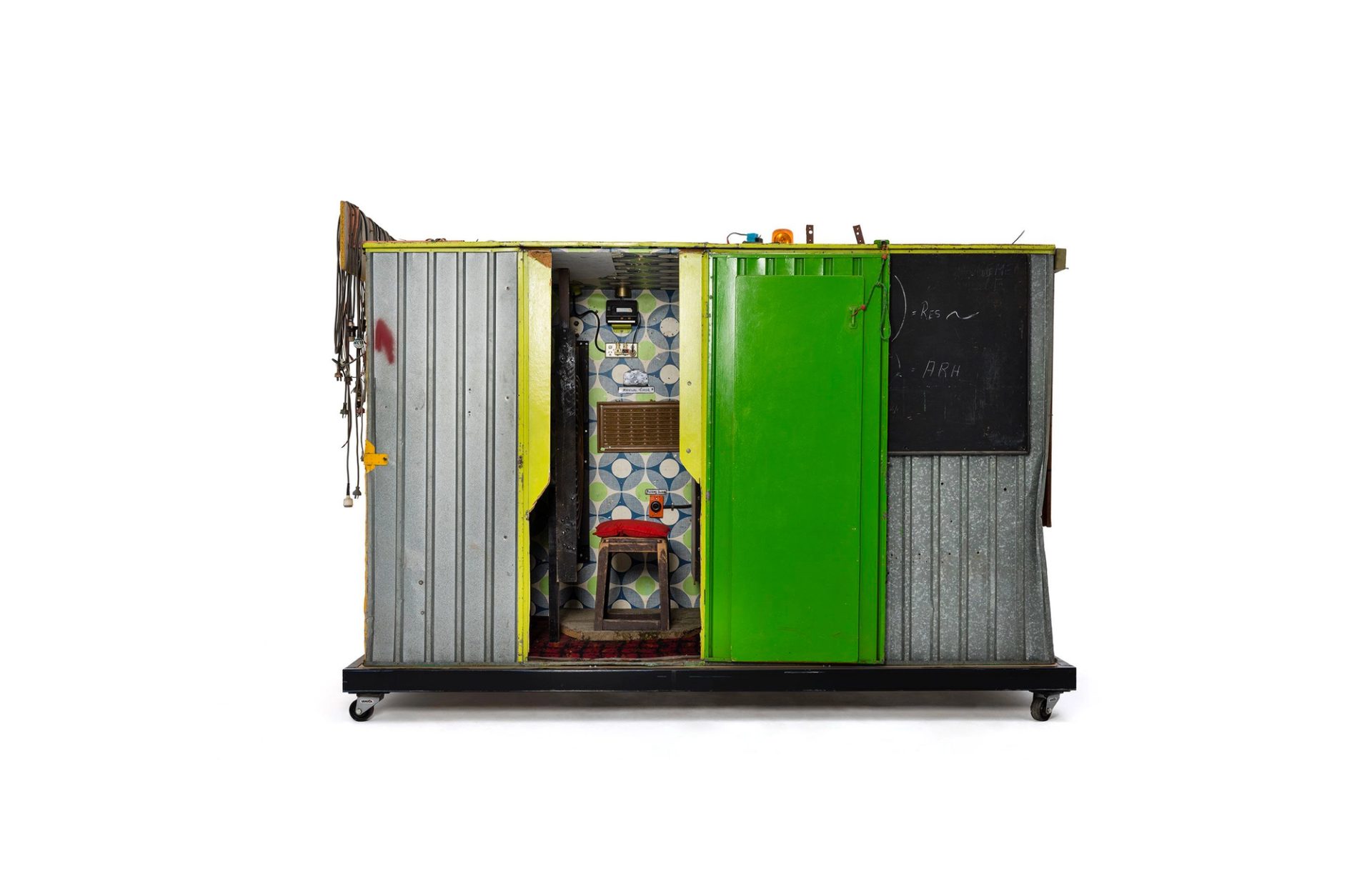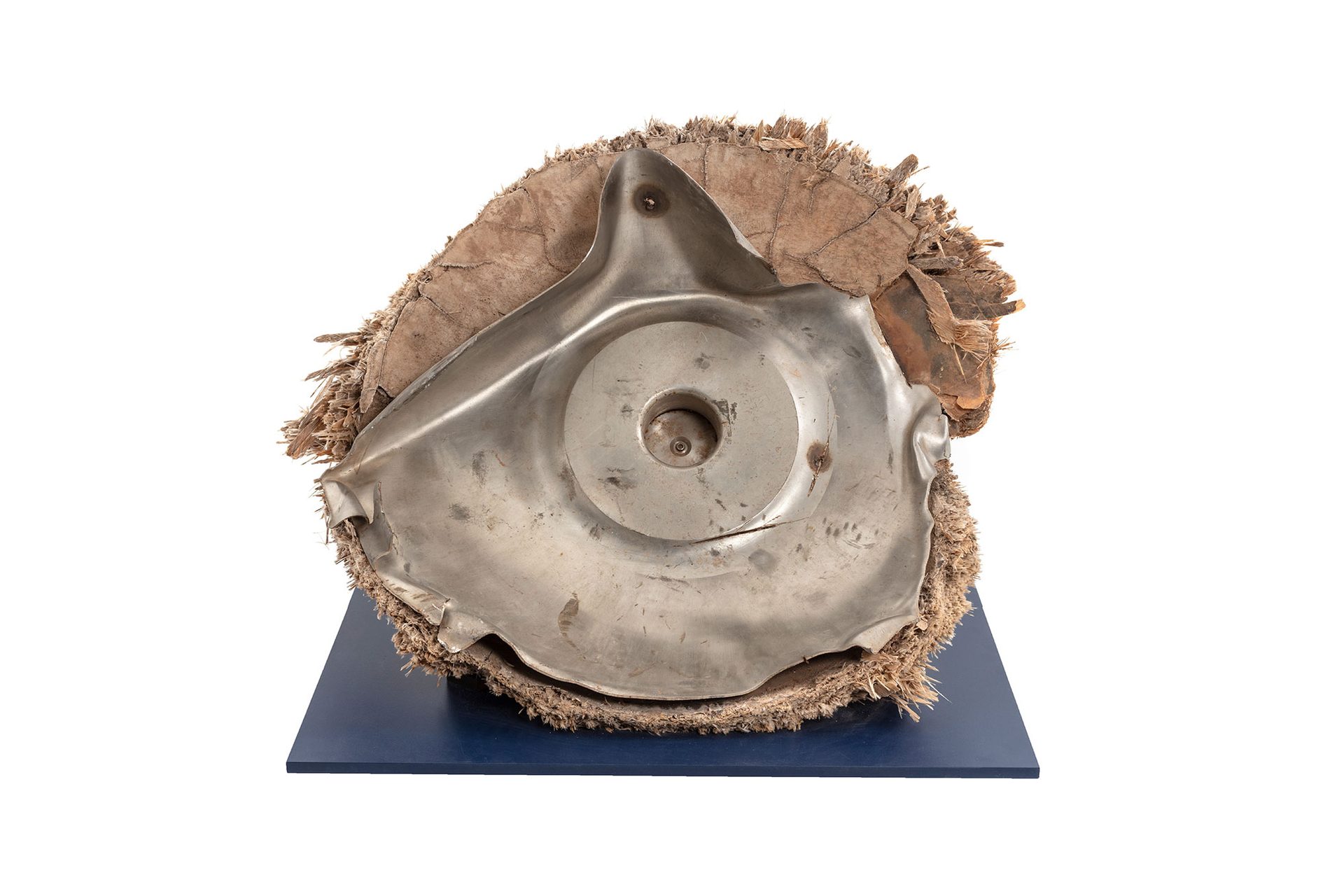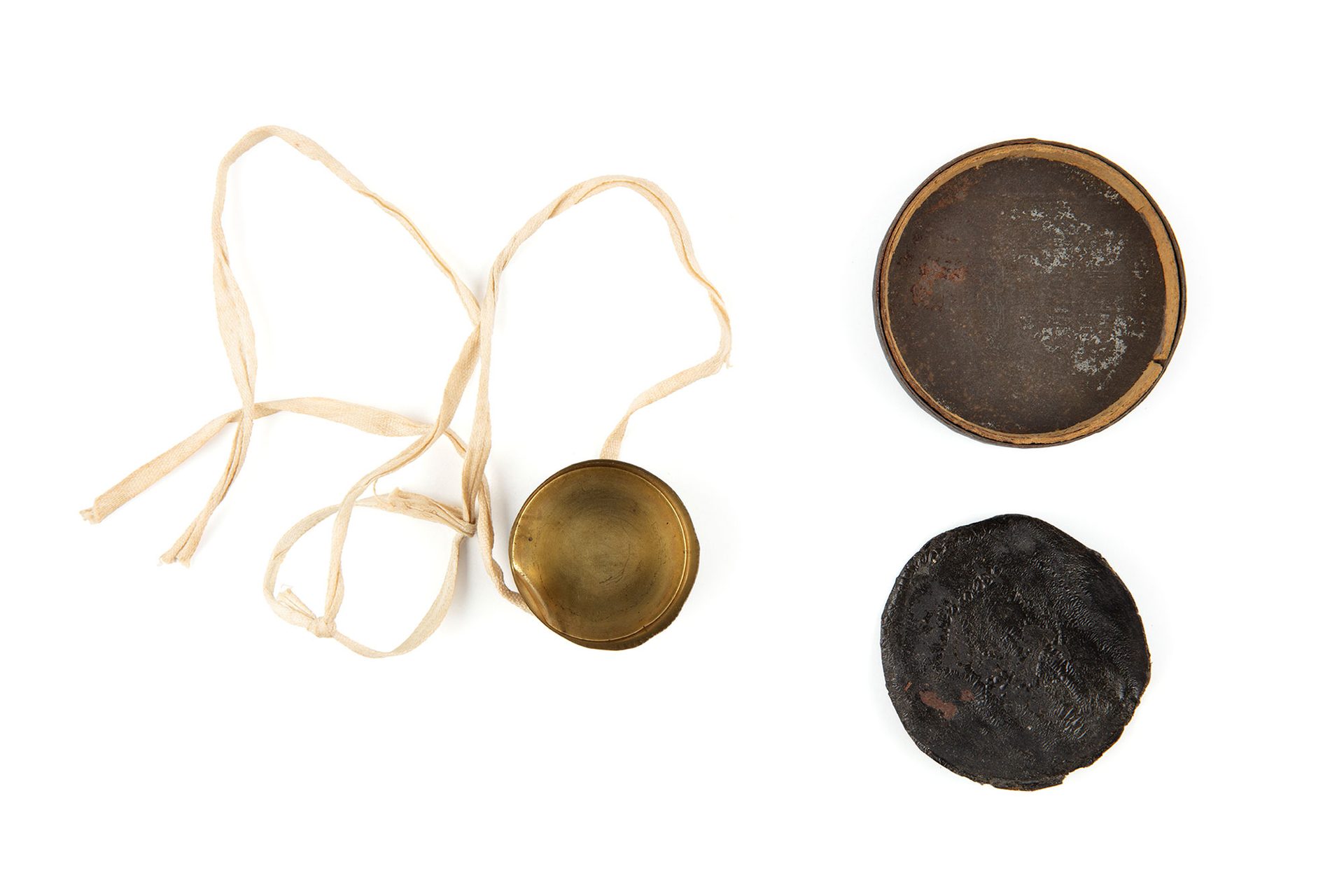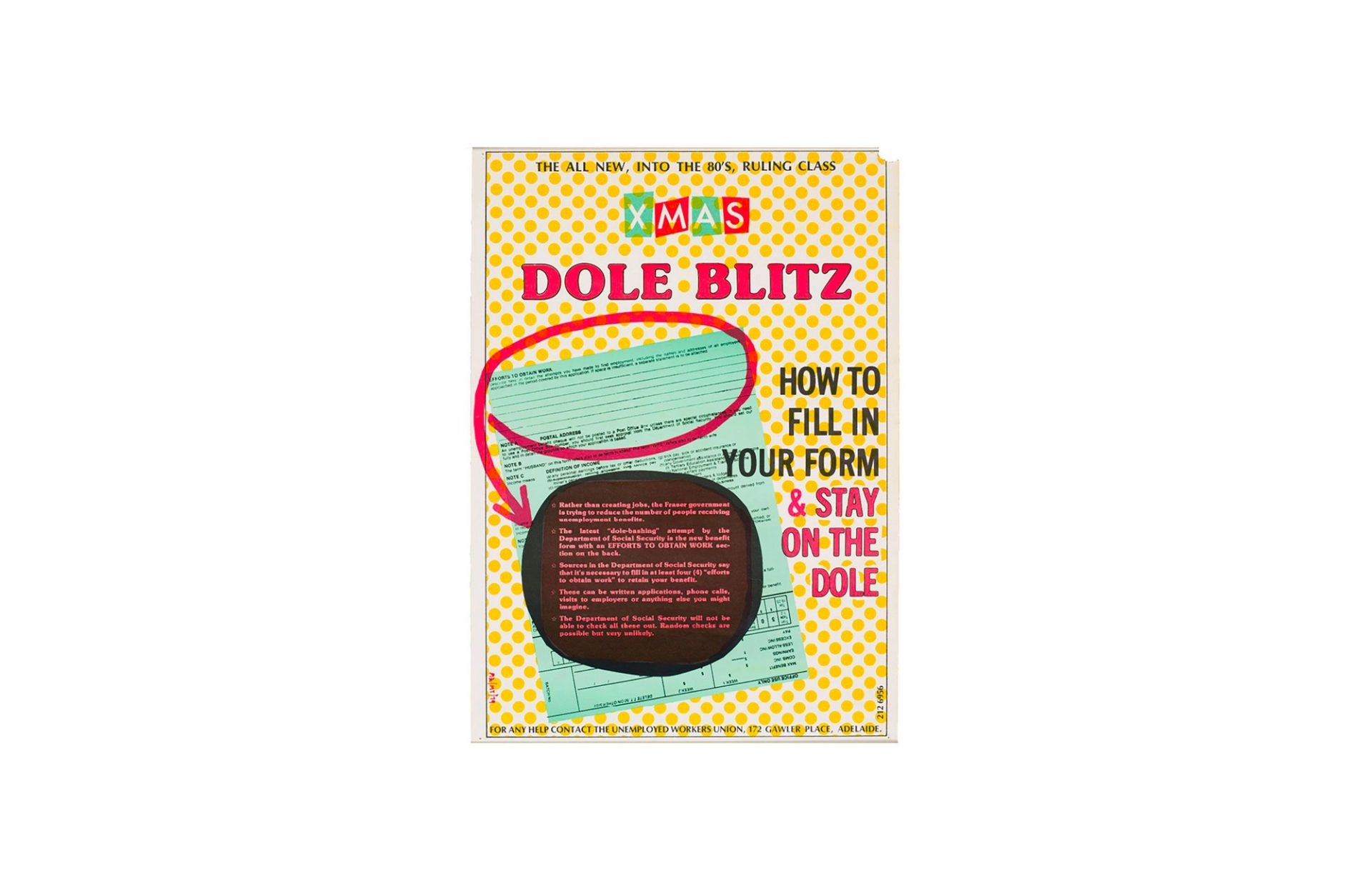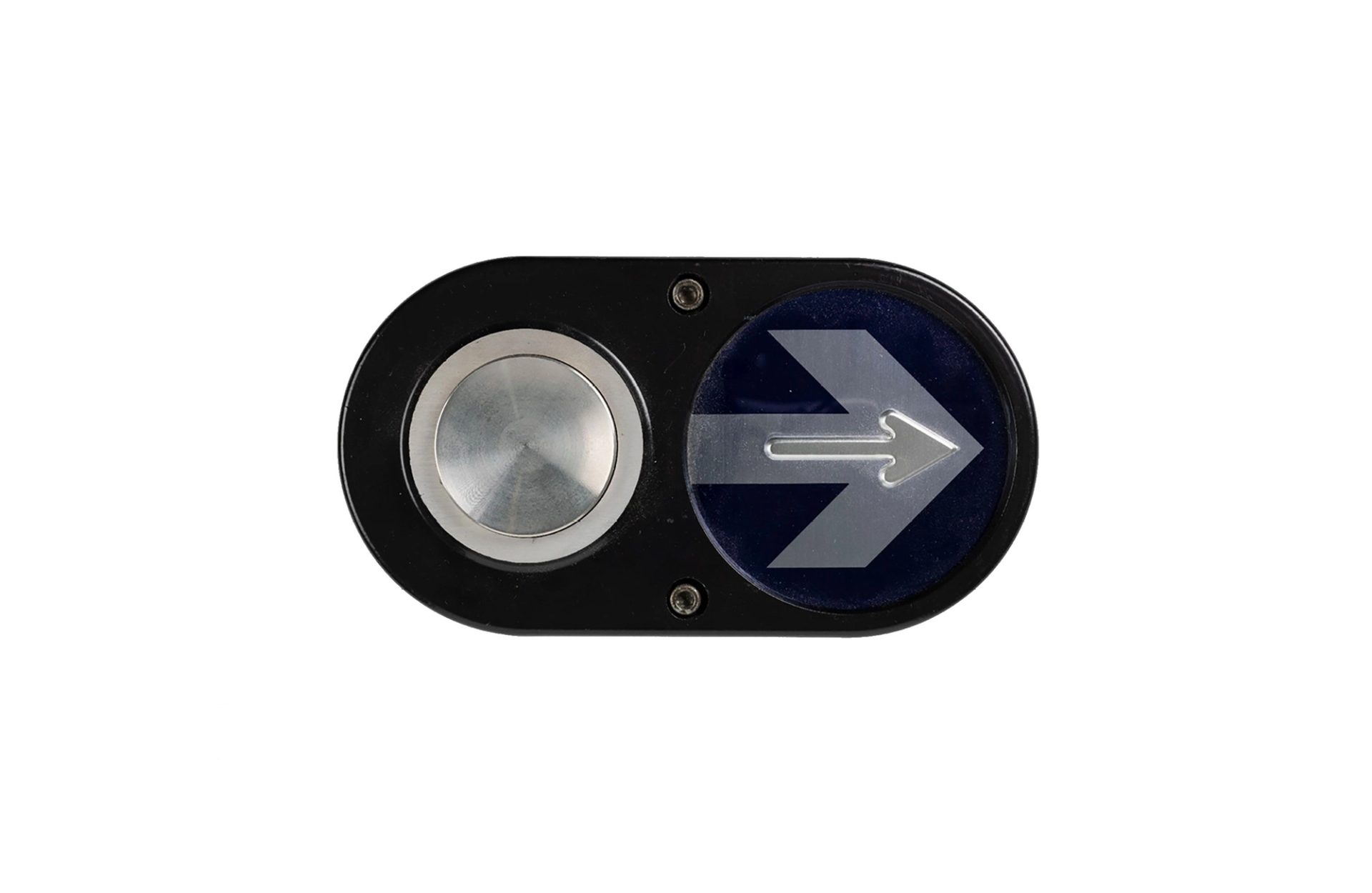Radiesthesia

From heartbeats to brainwaves, economic cycles to cosmic orbits, oscillations can be found everywhere. This podcast takes artists and listeners deep into the Powerhouse Collection of half a million objects to unearth stories about the vibrations, fluctuations, and movements woven through our world – and beyond it.
Radiesthesia is a kind of pseudoscience – an occult practice dedicated to detecting the radiation of living beings and inanimate objects, and using it to locate people, illness, minerals, water. In this episode, writer Omar Musa explores divination and love, with the help of object number 87/1192 – a radiesthesia pendulum.
‘I was drawn to this object because it seemed evocative of the type of spirit that poets (and yearning lovers) often invoke, a summoning or divination process, where the lines between art and pseudoscience blur.’
Transcript
Omar Musa Radiesthesia.
Left. To right.
Left. To right.
Wave the pendulum left to right.
Our love making itself was an act of radiesthesia – the detection of your magnetic field, the dowsing of breath, the divination of underground springs, the sensitivity to radiation.
An aura outlines your body – in dusk, red gold.
There is a word for that – rutilant.
Follow the metaphor further into the shadows, saying, carry that fire into the cloudy, blue green of the stone, same colour as the sea spread out before us over the reef, spread like a wash of ink, pleasure or grief.
Each to each we were diviners, douses trying to locate lost objects – the $2 coin down the back of the couch, the diamond ring buried in a pothole. That first private joke like revelation.
At times it seemed we were seeking out missing persons - once were shadow selves, playing hide and seek behind the surface of the skin or the page or the temple’s ruined wall.
I miss you.
Where does pseudoscience end and art start?
You see, I've heard it said that poetry is an act of necromancy, communing with the deceased, maybe even raising the dead.
I wave a pendulum over your photograph, sometimes
oscillation, a steady beat.
Left to right, left to right.
It hypnotises me as much as it seems to raise you. But every now and then,
I sense something beyond words, a tremor that shivers me,
crown to kicks, transferring from your ghostly luminous outline
to every fine hair and cell on my skin: a red gold glow, a sudden fire.
Jon Tjhia Here's more from Omar about the hidden layers and triangulations behind his piece:
OM I think I had a kind of visceral reaction to this object because I'm intrigued by divining, dowsing, pseudoscience, alchemy. And I remembered this moment when I was a kid; there was a huge drought in Australia at the time and I was out in country New South Wales, where my mum's from, and the farmers there were at their wit's end and there was this guy who seemed like he was conjured from a different era who said he was a water diviner. And you know, these people who are quite hard eyed rationalists generally. were so at their wit’s end that they were willing to follow this guy. And they dug where he had said to dig, and it was completely dry. There was no water there whatsoever. And I was just kind of intrigued because there was this mysticism about it and something that went beyond rationality.
I was listening to this podcast by the great English poet, Simon Armitage and he spoke about poetry as necromancy, where you use poetry as some means of communing with or even raising the dead.
Simon Armitage Poetry attempts some form of dialogue with the expired. It is easy to descend into a furnace. Death’s dark door stands open day and night, but to retrace your steps and get back to upper air, that is the task, that is the undertaking. Only a few have prevailed.
OM You know, sometimes poetry is this way of exploring loss or an absence.
SA This is the obligation that views poetry as clairvoyance or necromancy and garlands the poet with a triple A laminate and lanyard, granting audience with the departed. VIP access to the netherworld and more importantly, permission to exit.
‘You're trying to describe or seek something that's already fled your presence or fled your hands.’
OM And so, in this poem, I was exploring a lost relationship and how you're trying to divine memory through your poetry. I almost made the connection between divining and dowsing and the early stages of a relationship where you're trying to wave your hands over someone else and figure out their personal histories and their personal aches, what they like, divine private jokes. That's such a moment in a relationship, that first private joke. We've got this thing and it's ours.
With this object and the pendulum moving backwards and forwards, it kind of created this vibration or these almost energetic waves that were moving backwards and forwards and expanding out into space and time, kind of bounce back between an object and two people. And it sort of echoed backwards and forwards. And even as I'm saying this aloud, it sounds like some type of pseudoscientific explanation of energy exchange. But that was sort of the way I was seeing it. It was like one person holding the pendulum, creating these vibrations, and then those bouncing off the skin of somebody else. And it's this constant movement, like almost like a tidal movement in between different land masses or islands. Yeah, and that's how I was seeing it.
What might count as pseudoscience or bad science can also count as great metaphor and great art. But the idea of alchemy of transferring lead into gold is just such a beautiful metaphor for dealing with life or with difficult times, because what might be rejected by a rationalist suddenly becomes really fertile ground for an artist. Let’s leave it at that.
About Omar Musa
Omar Musa is a Bornean-Australian author, visual artist and poet from Queanbeyan, Australia. He has released four poetry books (including Killernova) and four hip-hop records. His one-man play, Since Ali Died, won Best Cabaret Show at the Sydney Theatre Awards in 2018. His debut novel, Here Come the Dogs, was long listed for the Miles Franklin Award and he was named one of the Sydney Morning Herald’s Young Novelists of the Year in 2015.










